Bird watching in dense vegetation presents a unique challenge even for the most experienced birders. When birds hide among thick leaves and branches, direct visual identification becomes nearly impossible. However, nature offers an elegant solution through shadows and silhouettes. By learning to observe how light interacts with birds concealed in foliage, birders can dramatically improve their spotting success. This approach transforms a frustrating experience into an opportunity to develop more sophisticated observation skills. Whether you’re searching for elusive warblers in a summer canopy or trying to locate woodpeckers in thick forest, understanding how to use shadows can revolutionize your birding experience.
Understanding the Shadow Advantage in Bird Watching
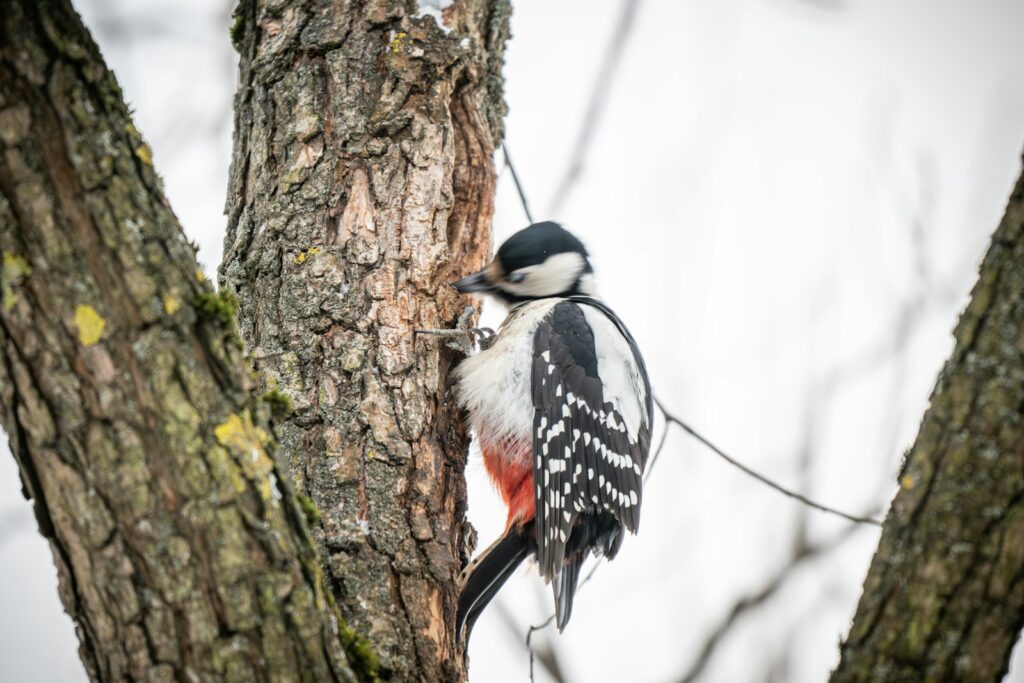
Shadows provide a distinct advantage when birds are otherwise visually camouflaged by foliage. When sunlight passes through leaves and branches, it creates a contrast between light and dark areas that can reveal movement and shapes that would otherwise blend in perfectly. This natural phenomenon occurs because birds constantly interrupt the light patterns as they move, creating temporary shadow shifts that catch the attentive eye. Additionally, birds’ bodies block light in consistent ways, creating recognizable silhouettes even when their colors and patterns remain hidden. This technique proves particularly valuable during early morning and late afternoon when the sun’s angle creates more pronounced shadows and many bird species are most active.
The Science of Light Filtration Through Foliage
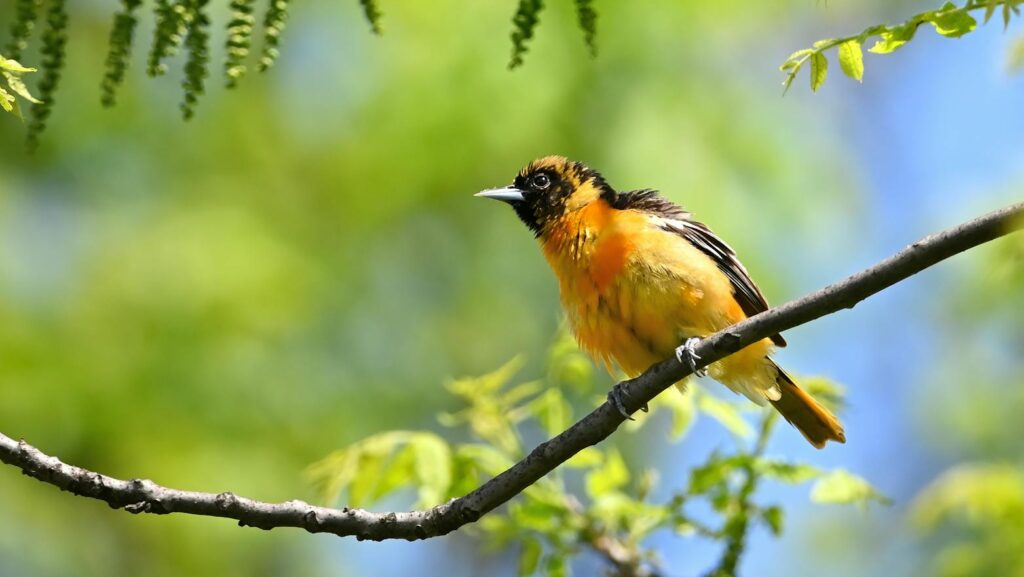
Understanding how light behaves in vegetative environments enhances your ability to detect avian shadows. Dense foliage filters sunlight in complex patterns, creating what photographers call “dappled light” – an intricate mosaic of brightness and shadow. Birds moving through this environment disrupt these patterns in predictable ways, temporarily altering the light distribution that reaches your eyes. This disruption occurs because birds’ bodies are opaque, blocking light completely rather than filtering it like leaves do. The scientific principle at work involves the contrast between translucent materials (leaves) and opaque objects (birds), creating detectable differences in light transmission. Even slight movements cause distinctive shadow shifts that stand out against the background pattern to the trained observer.
Essential Equipment for Shadow-Based Bird Detection
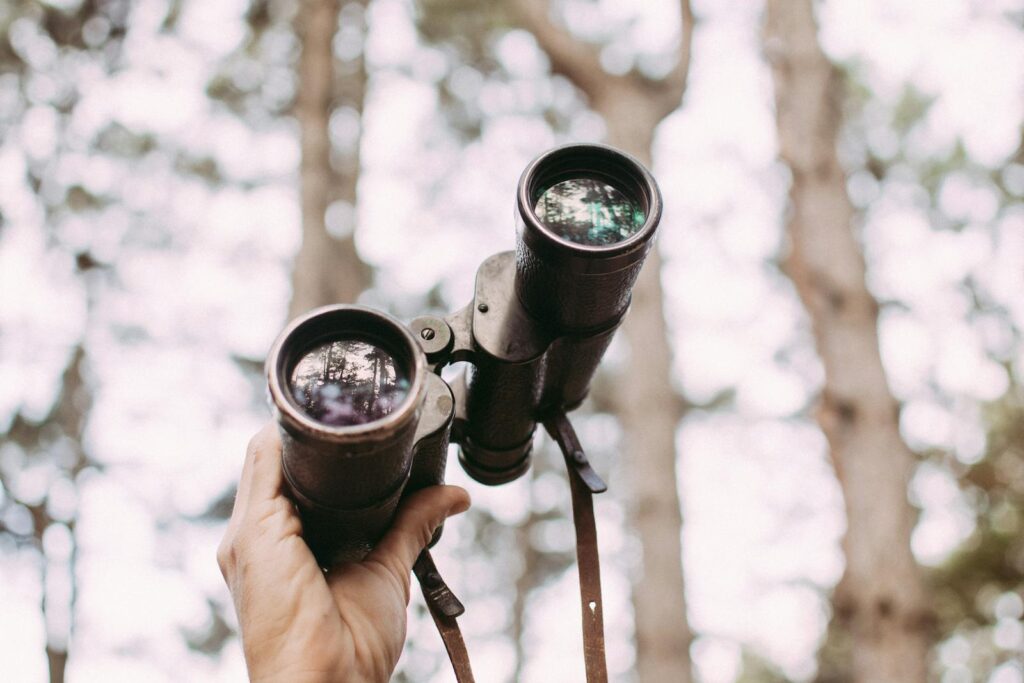
While shadow spotting requires minimal specialized gear, certain tools can significantly enhance your success. Quality binoculars with good light-gathering capabilities help distinguish subtle shadow variations at a distance, with 8×42 models offering an ideal balance of magnification and brightness for forest environments. A wide-brimmed hat reduces glare and improves your visual sensitivity to light variations by shading your eyes. Some experienced birders find polarized sunglasses helpful in reducing leaf reflections while enhancing contrast between light and shadow areas. Additionally, wearing neutral-colored clothing prevents creating your own distracting shadow movements that might interfere with your observations or startle nearby birds.
Positioning Yourself Strategically for Better Shadow Detection
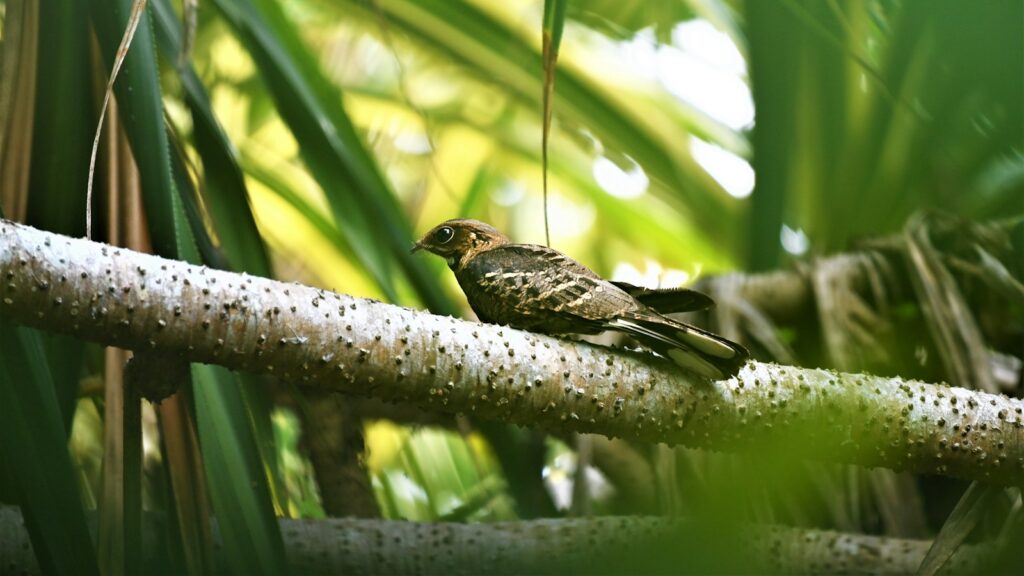
Your physical position relative to the sun and foliage dramatically impacts your ability to detect birds through shadows. Ideally, position yourself with the sun at your back or side, allowing you to observe foliage that’s well-illuminated but not directly in your line of sight to the sun. This prevents glare while maximizing the contrast between light and shadows. Finding slightly elevated positions can improve your angle of observation, letting you look into vegetation rather than just at its surface. Experienced birders often seek spots where vegetation density varies, creating natural “windows” where shadow movement becomes more apparent. Patience in maintaining your position is crucial, as constant movement will reduce your ability to detect subtle shadow changes.
Recognizing Bird-Specific Shadow Patterns
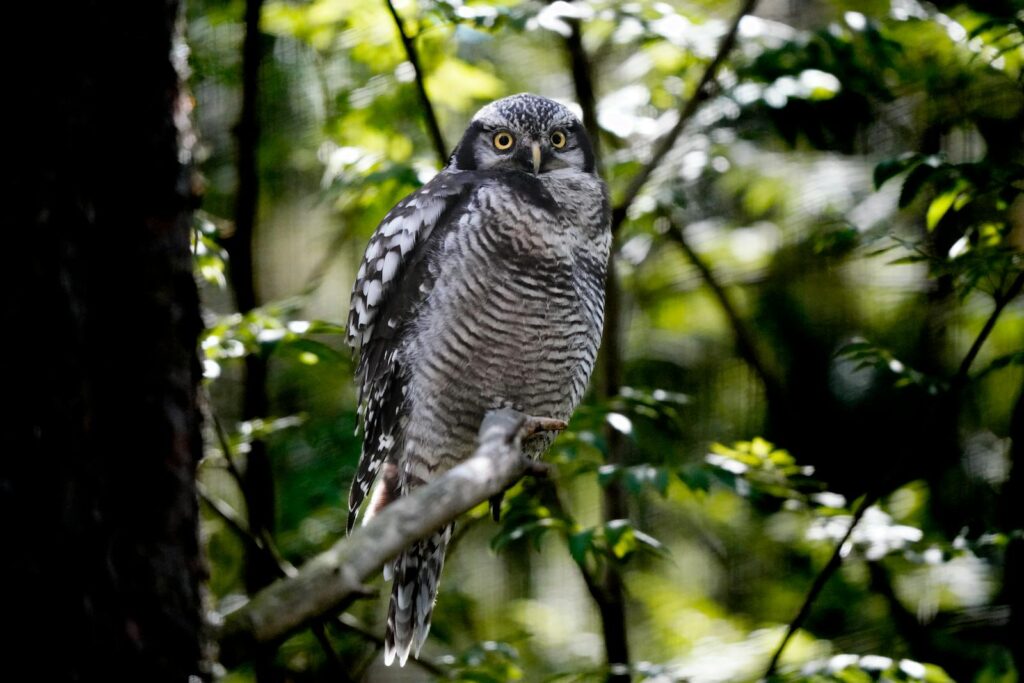
Different bird species create distinctive shadow patterns based on their size, shape, and movement habits. Woodpeckers, for instance, cast characteristic elongated shadows with distinctive head movements when drumming or feeding. Warblers create small, quick-moving shadows that dart erratically through foliage as they glean insects. Larger birds like hawks produce bold, defined shadows that block substantial light even through dense leaves. With practice, you’ll begin recognizing family-specific silhouettes – the rounded shadows of owls, the slim profiles of herons, or the distinctive tail shapes of wrens. These shadow signatures often reveal a bird’s identity before you even glimpse its colors, giving you valuable identification clues when visual details remain obscured.
Timing Your Observations for Optimal Shadow Conditions
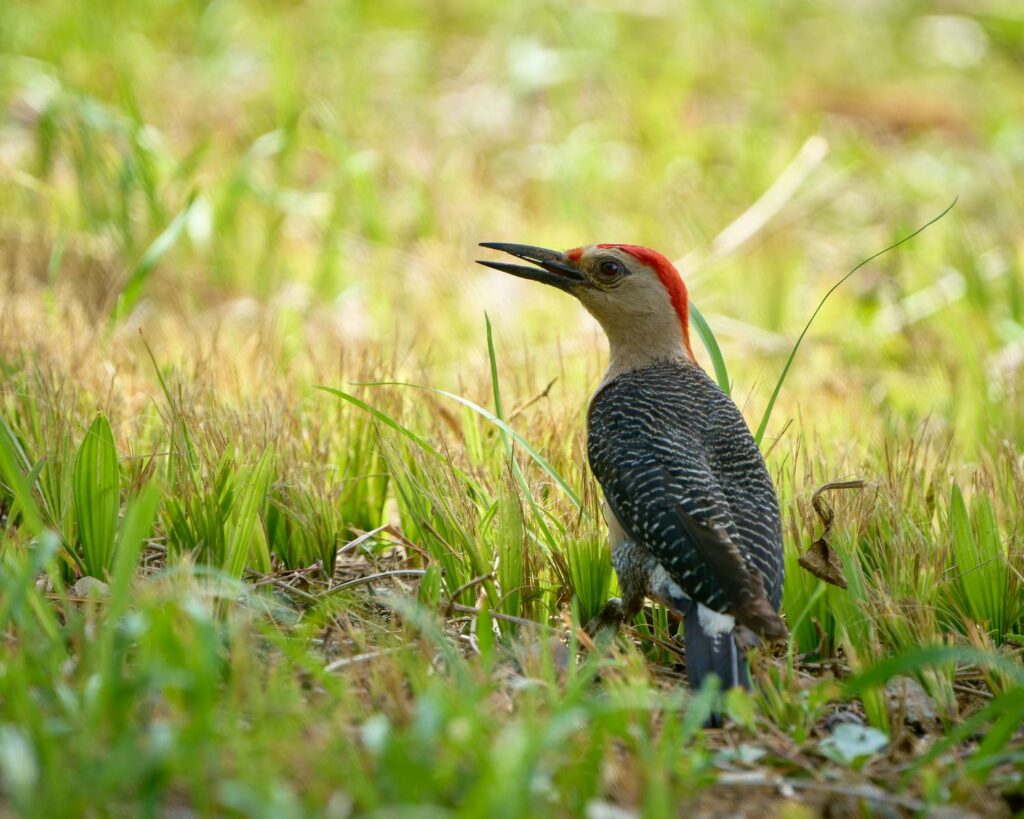
The quality of shadow detection varies significantly throughout the day due to changing sunlight angles and intensity. Early morning (within two hours after sunrise) and late afternoon (two hours before sunset) offer the most favorable conditions, as the lower sun angle creates longer, more defined shadows. These time periods coincide with peak bird activity, maximizing your chances of successful observation. Midday shadows tend to be shorter and less distinct, making detection more challenging though still possible. Seasonal timing also matters – spring observations before full leaf-out provide less obscured views, while summer requires more reliance on shadow techniques as foliage thickens. Some birders specifically plan their outings around these optimal shadow-viewing windows to maximize their success rate.
Identifying Movement Patterns in Shadow Play
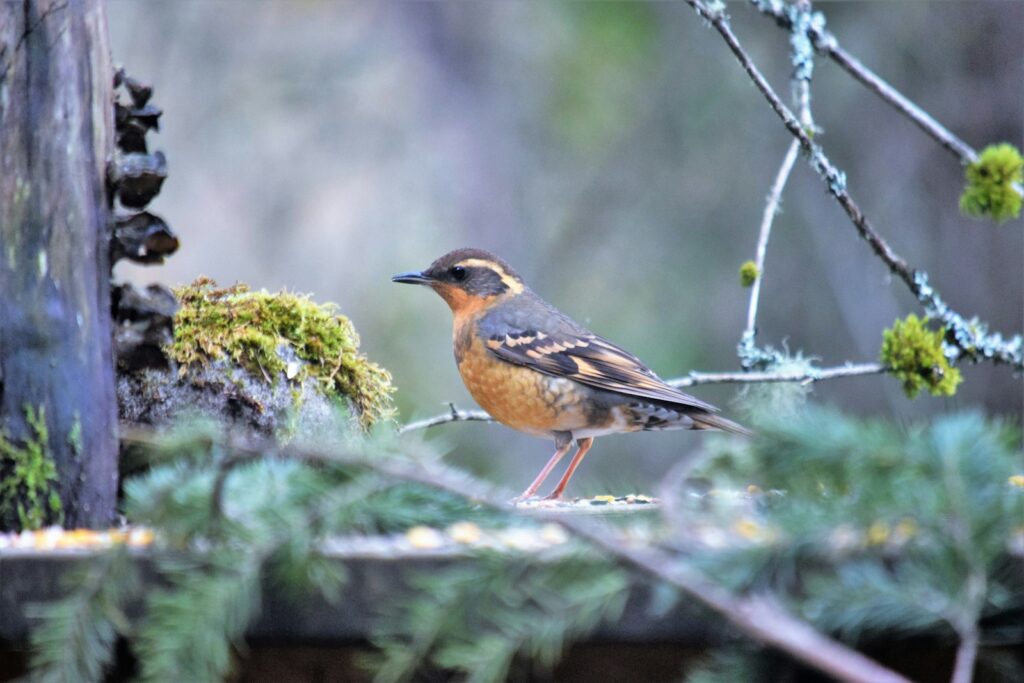
Bird movement patterns translate into distinctive shadow behaviors that help with identification even when the bird remains hidden. Flycatchers create characteristic “sally” shadows as they dart out to catch insects and return to the same perch. Nuthatches produce upside-down shadow movements as they work their way down tree trunks. Thrushes create recognizable hopping shadow patterns on horizontal branches. Learning to recognize these behavioral shadow signatures requires practice but eventually becomes second nature for experienced birders. Movement timing also provides clues – the rapid wing beats of hummingbirds create distinctive fluttering shadows unlike any other bird family, while the deliberate stalking of herons produces slow, calculated shadow progressions along vegetation edges.
Training Your Eyes to Detect Subtle Shadow Changes
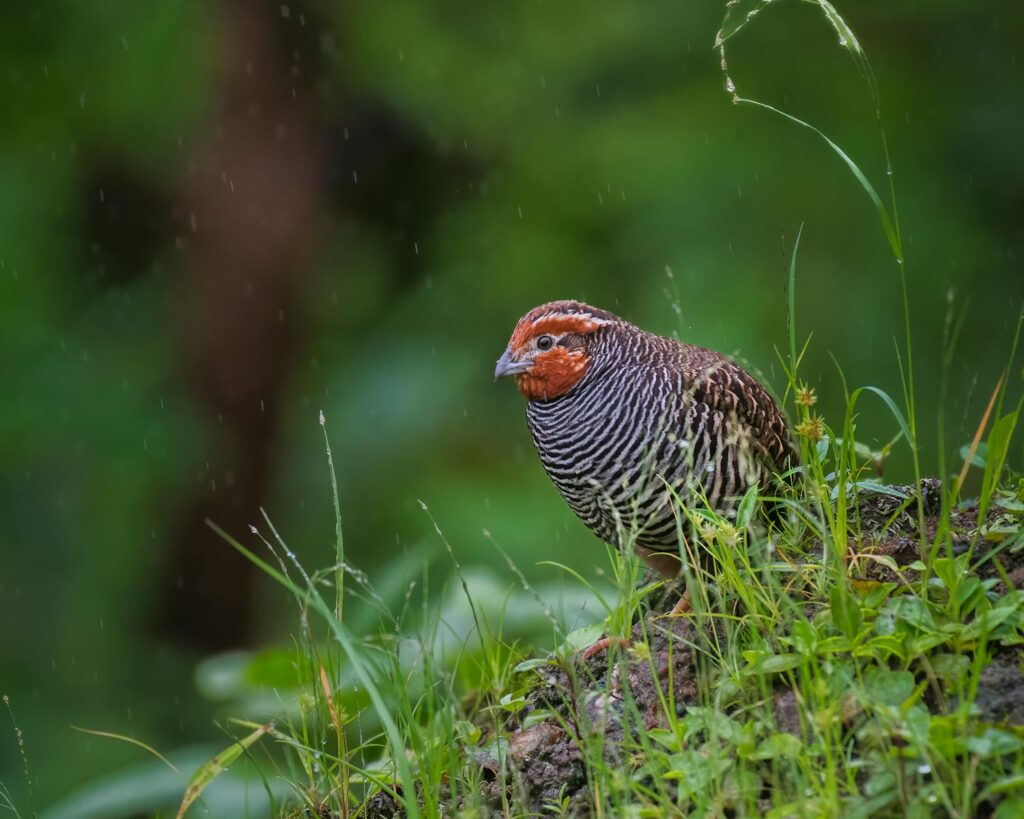
Developing shadow sensitivity requires intentional practice to retrain your visual attention. Begin by spending time observing known bird locations, watching how their movements translate to shadow patterns in different lighting conditions. Practice by focusing on the entire visual field rather than scanning, allowing your peripheral vision to detect movement while maintaining a relaxed gaze. A helpful exercise involves watching familiar backyard birds through leaf cover, noting how even small movements create detectable shadow shifts. Many experienced birders recommend “soft focusing” – slightly unfocusing your eyes to better detect movement patterns rather than details. With consistent practice, your brain becomes increasingly adept at filtering out background movement while highlighting the distinctive shadow signatures of birds.
Combining Shadow Detection with Audio Cues
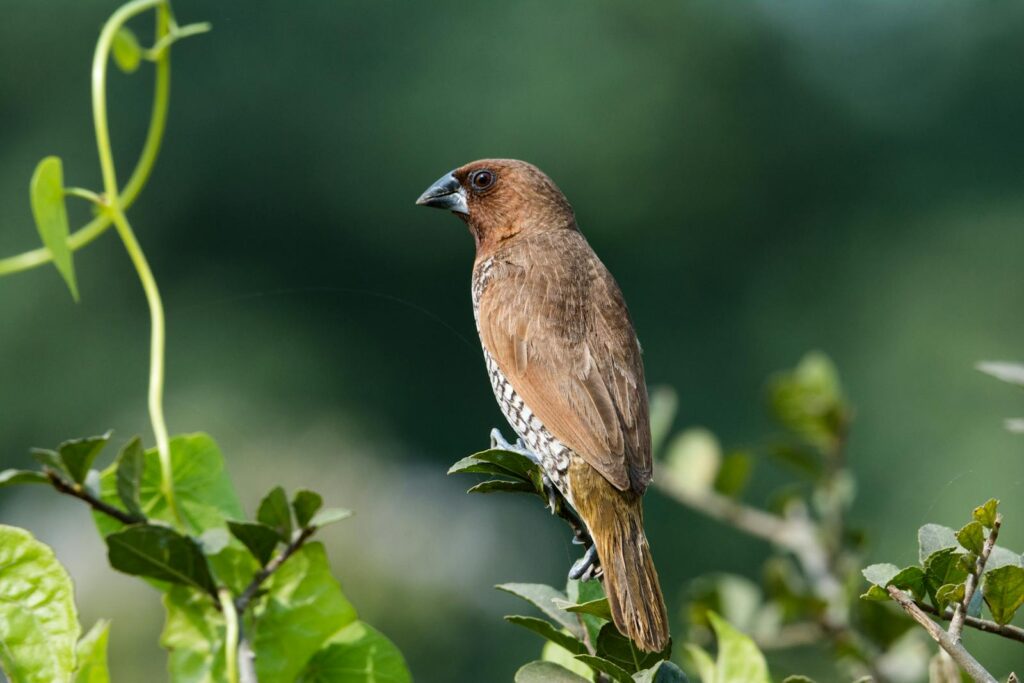
Shadow spotting becomes exponentially more effective when paired with active listening for bird vocalizations. When you hear a bird call, immediately scan the general direction for shadow movements that correspond with the sound’s timing. This dual-sense approach narrows your search area dramatically, directing your attention precisely when and where shadow detection is most likely to succeed. Different calls often indicate different behaviors – alarm calls might produce rapid shadow movements, while song displays might create more stationary shadows with subtle head movements. Recording apps like Merlin Bird ID can help confirm audio identification while you simultaneously track shadow movements, creating a powerful combined approach to locating hidden birds.
Common Shadow-Spotting Challenges and Solutions
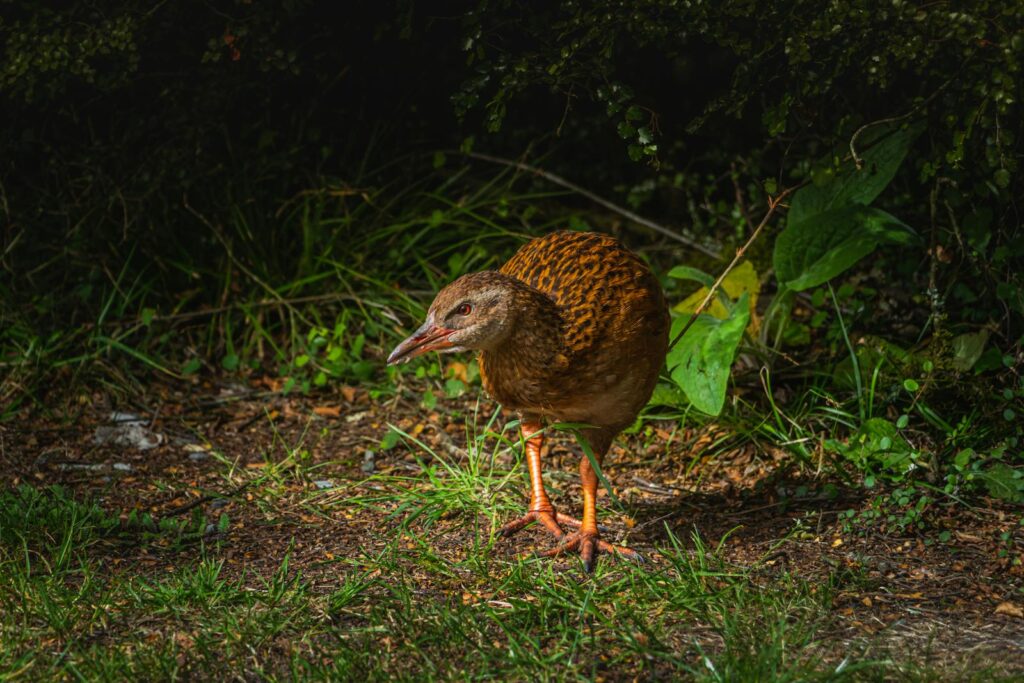
Even experienced shadow-spotters encounter situations that complicate detection. Windy conditions create constant leaf movement that can mask bird-generated shadows, requiring greater patience and focus on larger, more distinct movements. Heavily overcast days reduce shadow definition, though diffuse light can sometimes highlight bird silhouettes in alternative ways. Dense, multi-layered canopies present particular challenges by creating complex shadow overlaps; in these cases, concentrating on small sections of vegetation rather than the entire scene improves success rates. When birding in groups, coordinated “zone coverage” can help, with different observers responsible for specific areas. For especially challenging conditions, movement to a different observation position often provides better angles for shadow detection.
Improving Identification Skills After Shadow Detection
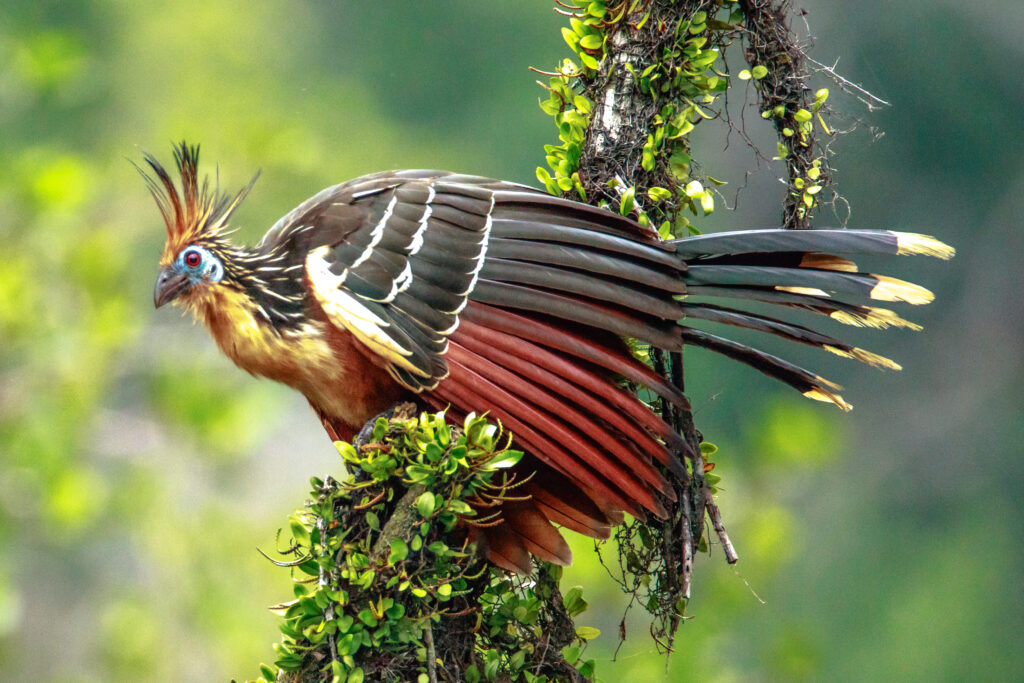
Once you’ve detected a bird through its shadow, converting that awareness into a proper identification requires additional techniques. After spotting shadow movement, avoid the temptation to immediately raise binoculars, which can create motion that startles the bird. Instead, maintain your position while slowly bringing up your optics. Patiently track the shadow movement, waiting for the bird to move into a clearer viewing position. Many experienced birders use a mental mapping approach, noting the exact location of the shadow and waiting for the bird to move to more visible perches. Recording detailed field notes about shadow characteristics helps build a personal reference library of shadow patterns associated with different species, strengthening future identification capabilities even when birds remain partially concealed.
Practicing Shadow Spotting in Different Habitats
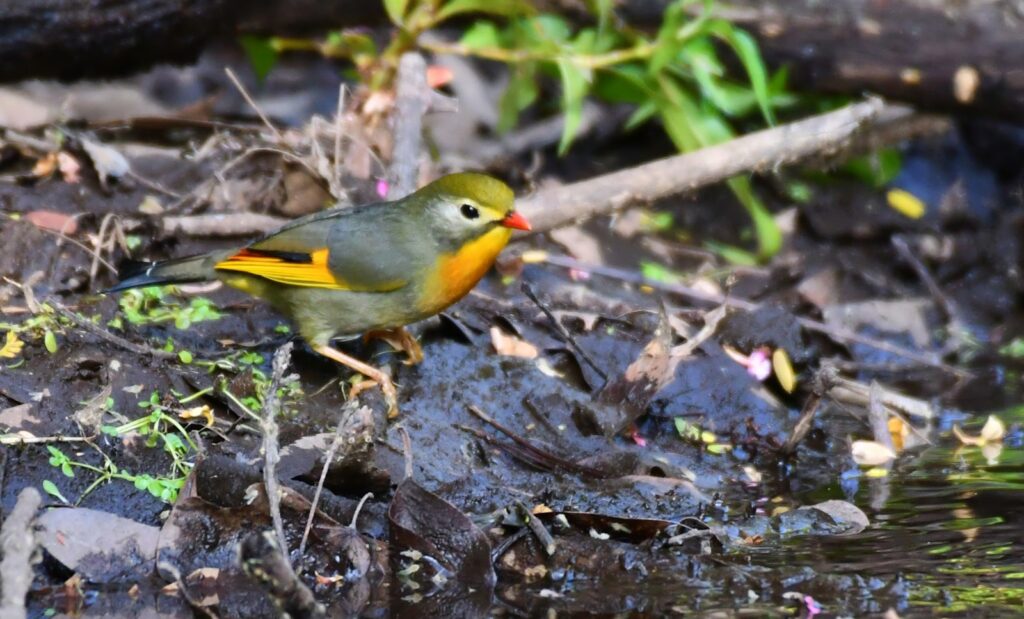
Shadow detection techniques require adaptation to different habitat types, each presenting unique challenges and opportunities. Deciduous forests offer excellent shadow contrast but require seasonal adjustments as leaf density changes throughout the year. Coniferous forests create distinctive needle-filtered light patterns where bird movements stand out as solid interruptions against the softer background. Riparian areas with mixed vegetation often provide ideal learning environments, with varied light penetration and diverse bird activity. Desert vegetation, despite its sparseness, creates sharp-edged shadows that make bird detection surprisingly effective in the right conditions. By practicing systematically across different habitat types, you develop versatile shadow-spotting skills applicable to virtually any birding environment.
Advancing from Novice to Expert Shadow Birder
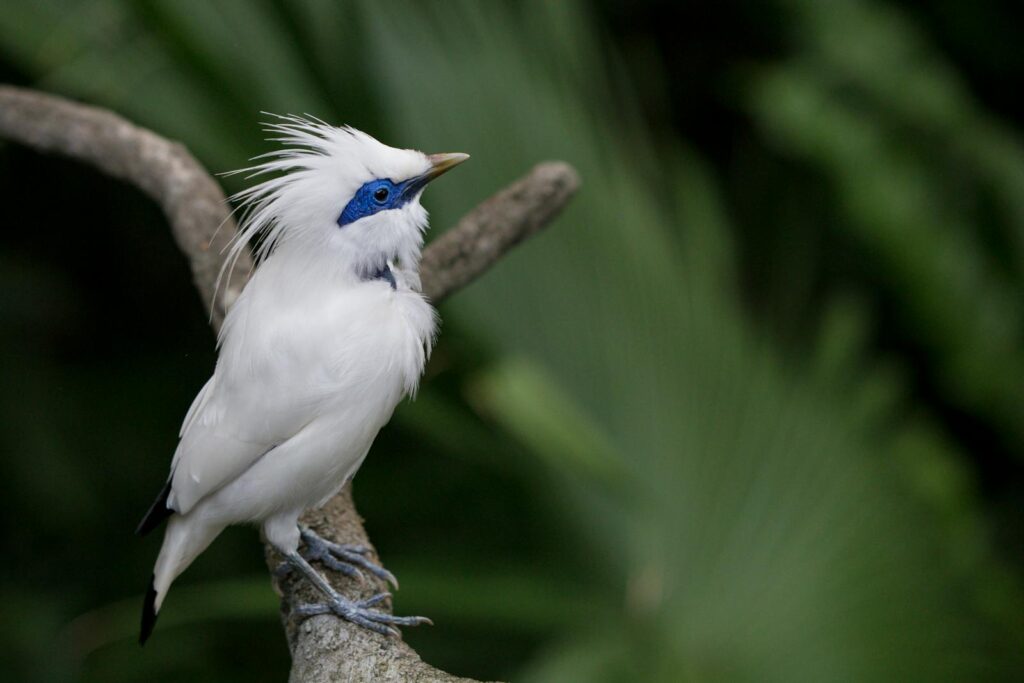
The progression from basic shadow awareness to expert detection follows a predictable learning curve that rewards persistence. Beginners typically start by noticing only dramatic shadow movements from larger birds, gradually developing sensitivity to subtler cues with practice. Intermediate shadow-spotters begin recognizing family-specific shadow signatures and can detect stationary birds through minor movements like head turns or preening. Advanced practitioners develop what some call “shadow intuition” – an almost subconscious ability to detect bird presence through minimal shadow disruptions that others miss entirely. This expertise develops through consistent field practice, careful observation, and intentional challenge-seeking by birding in increasingly difficult detection environments. Many expert shadow-spotters report that this technique eventually becomes their primary detection method, even in environments where direct observation is possible.
Mastering the art of shadow birding transforms the frustrating experience of peering into dense foliage into an engaging challenge with high rewards. By understanding how light interacts with birds hidden among leaves, you gain access to a world of avian life that remains invisible to most observers. This technique not only improves your bird spotting success rate but deepens your connection to the natural environment by attuning your senses to subtle patterns and movements. As you develop this skill, you’ll find yourself spotting birds that companions miss entirely, adding new species to your life list, and experiencing the unique satisfaction that comes from solving nature’s hidden puzzles through patience and careful observation.
